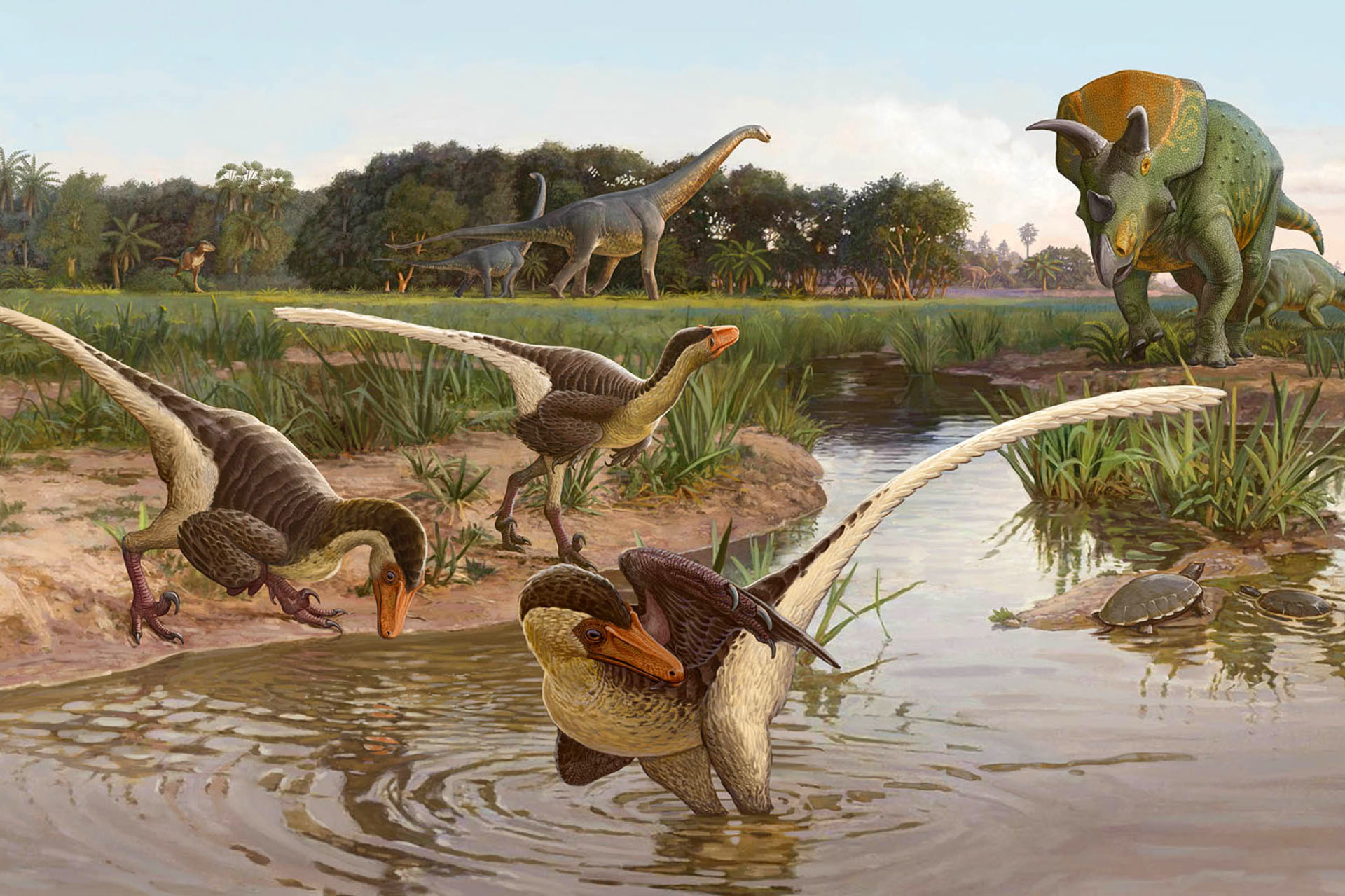
Scientists have unearthed fossils of a feathered dinosaur in northwestern New Mexico in the United States that was a quick and agile predator that could chase down smaller prey or swarm larger prey in pack attacks 67 million years ago.
The dinosaur has been named ‘Dineobellator notohesperus’, which means “Navajo warrior from the Southwest,” in honor of the people who today live in the same region where this dinosaur once dwelled.
It was a two-legged relatively small meat-eater – around 2 meters (7 feet) long and 1 meter (3 feet ) tall at the hip, weighing 18-22 kg (40-50 pounds ). But what Dineobellator lacked in size it made up for with ferocity, judging from a telltale scar on one of its menacing sickle-shaped claws.
The dinosaur adds to scientists’ understanding of the paleo-biodiversity of the American Southwest, offering a clearer picture of what life was like in this region near the end of the reign of the dinosaurs.
Dineobellator, as well as its Asian cousin Velociraptor, belongs to a group of dinosaurs known as the dromaeosaurids. While not all of the fossil bones of this dinosaur were recovered, bones from the forearm have quill nobs – small bumps on the surface where feathers would be anchored by ligaments – an indication that Dineobellator bore feathers in life, similar to those of the Velociraptor.
Its tail also possessed unique characteristics. While most raptors’ tails were straight and stiffened with rod-like structures, Dineobellator’s tail was rather flexible at its base, allowing the rest of the tail to remain stiff and act as a rudder.
“It was a swift, active predator. Its claws would have been several inches long and quite formidable, although rather than slicing through meat they probably would be more useful for holding on to things,”
“A stiff tail that is highly mobile at its base allows for increased agility and changes in direction, and potentially aided Dineobellator in pursuing prey, especially in more open habitats.”
– Paleontologist Steven Jasinski of the State Museum of Pennsylvania in Harrisburg, who led the research published in the journal Scientific Reports.
The 25 percent of the recovered skeleton shows that Dineobellator had some unique evolutionary innovations setting it apart from other dromaeosaurs with superior grip strength in its hands, enhanced flexion in its arms and it unique tail structure.
“Combining these features suggests Dineobellator would have been a swift, skilled pursuit predator that could run down smaller prey and attack and jump onto larger prey, holding on with stronger forelimbs and a tighter grip,”
“Dineobellator tells us,” “that these dinosaurs were still diversifying and trying out new evolutionary pathways even at the twilight of their existence.”
– Jasinski.
Dineobellator lived near the very end of the age of dinosaurs, which is about a million years before an asteroid impact wiped them out. They probably inhabited a floodplain teeming with other dinosaurs including much larger predators and a variety of plant-eaters.
This new discovery provides a better picture of the biology of North American dromaeosaurid dinosaurs, according to the researchers.
Reference:
Steven E. Jasinski, Robert M. Sullivan, Peter Dodson. New Dromaeosaurid Dinosaur (Theropoda, Dromaeosauridae) from New Mexico and Biodiversity of Dromaeosaurids at the end of the Cretaceous. Scientific Reports, 2020; 10 (1) DOI: 10.1038/s41598-020-61480-7

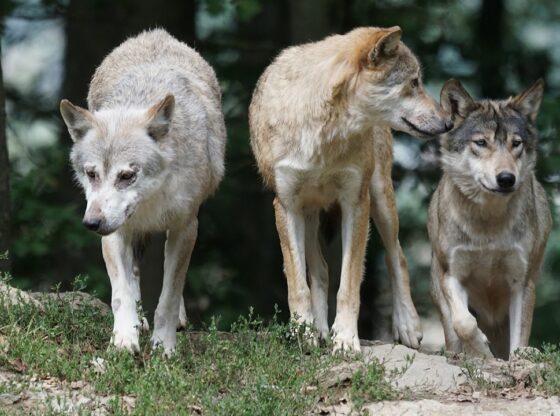


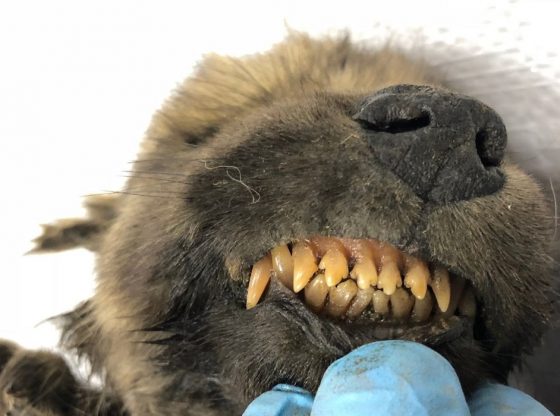
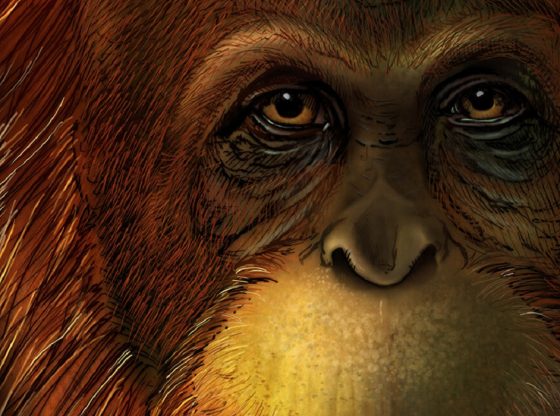
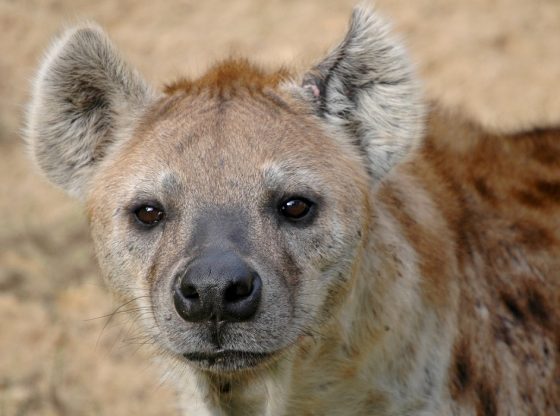
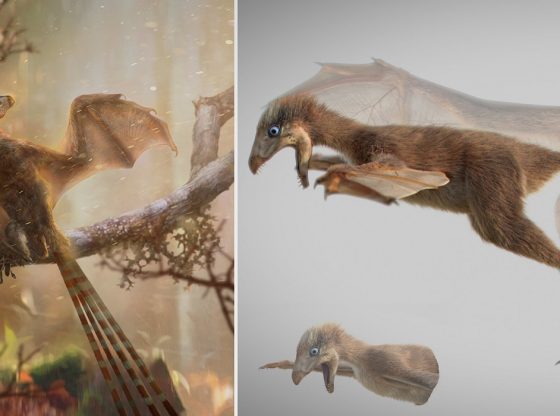
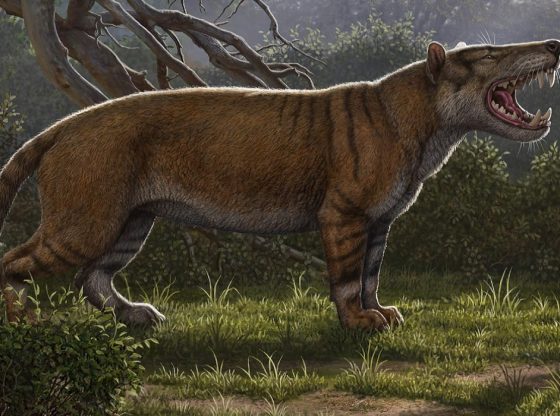
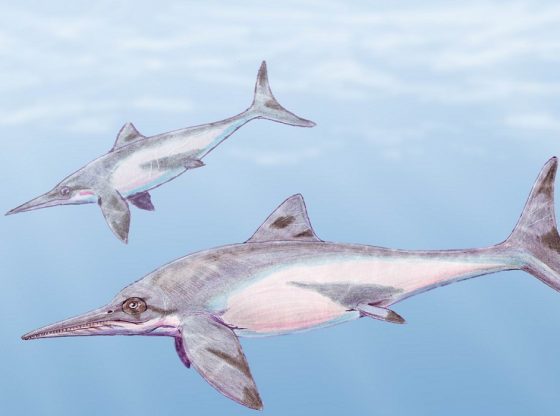

![OpenAI. (2025). ChatGPT [Large language model]. https://chatgpt.com](https://www.illustratedcuriosity.com/files/media/55136/b1b0b614-5b72-486c-901d-ff244549d67a-350x260.webp)
![OpenAI. (2025). ChatGPT [Large language model]. https://chatgpt.com](https://www.illustratedcuriosity.com/files/media/55124/79bc18fa-f616-4951-856f-cc724ad5d497-350x260.webp)
![OpenAI. (2025). ChatGPT [Large language model]. https://chatgpt.com](https://www.illustratedcuriosity.com/files/media/55099/2638a982-b4de-4913-8a1c-1479df352bf3-350x260.webp)








